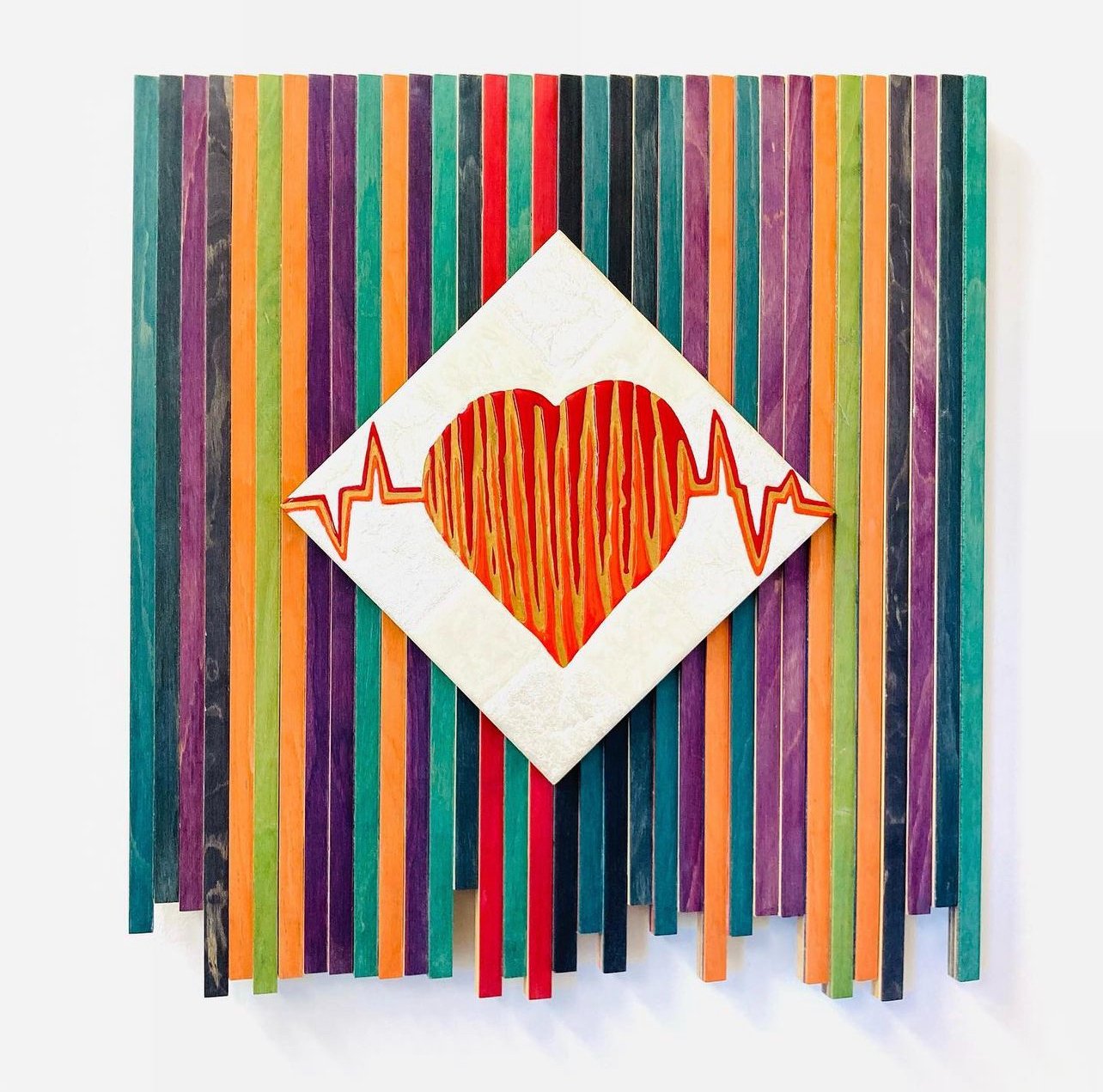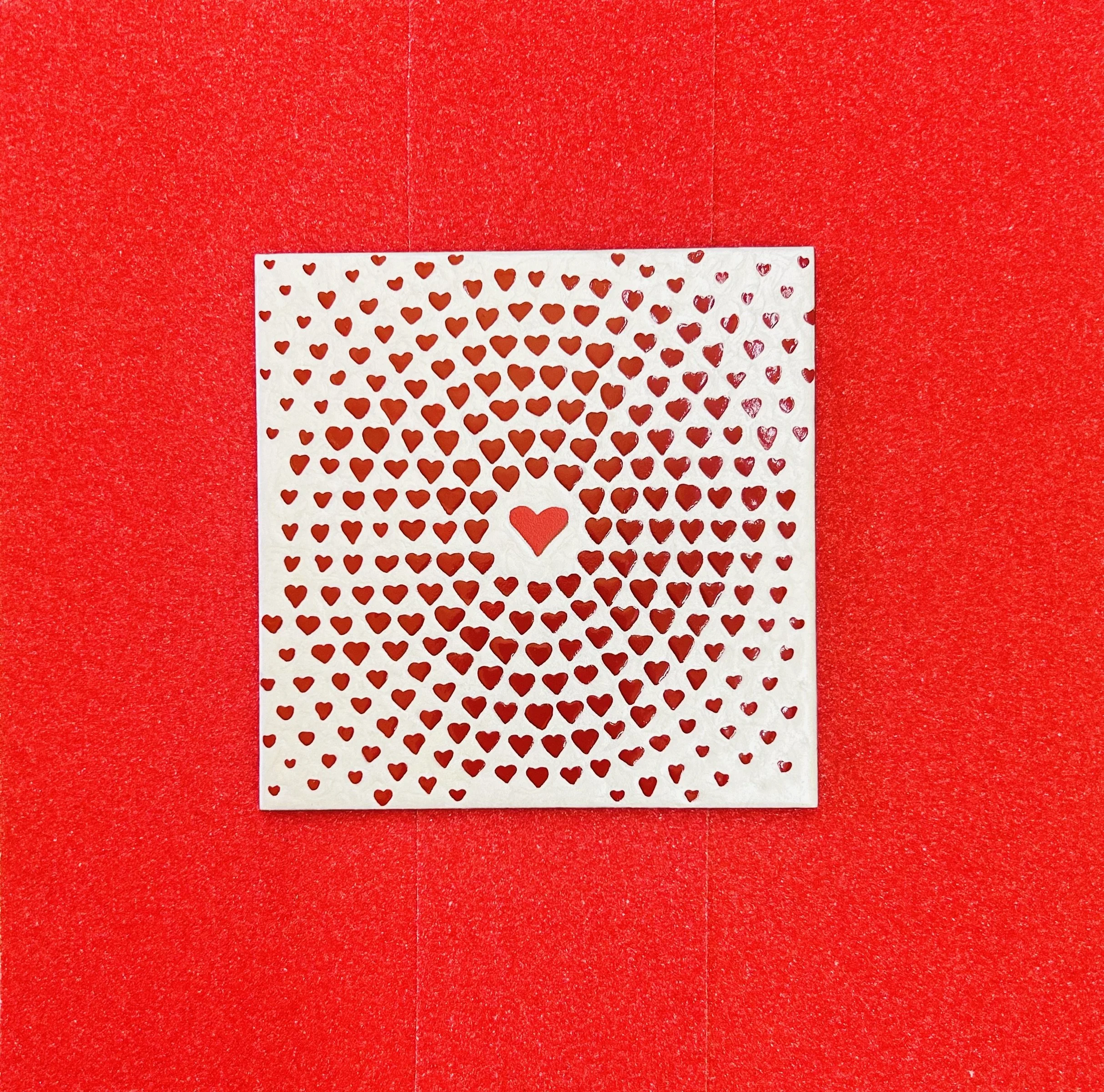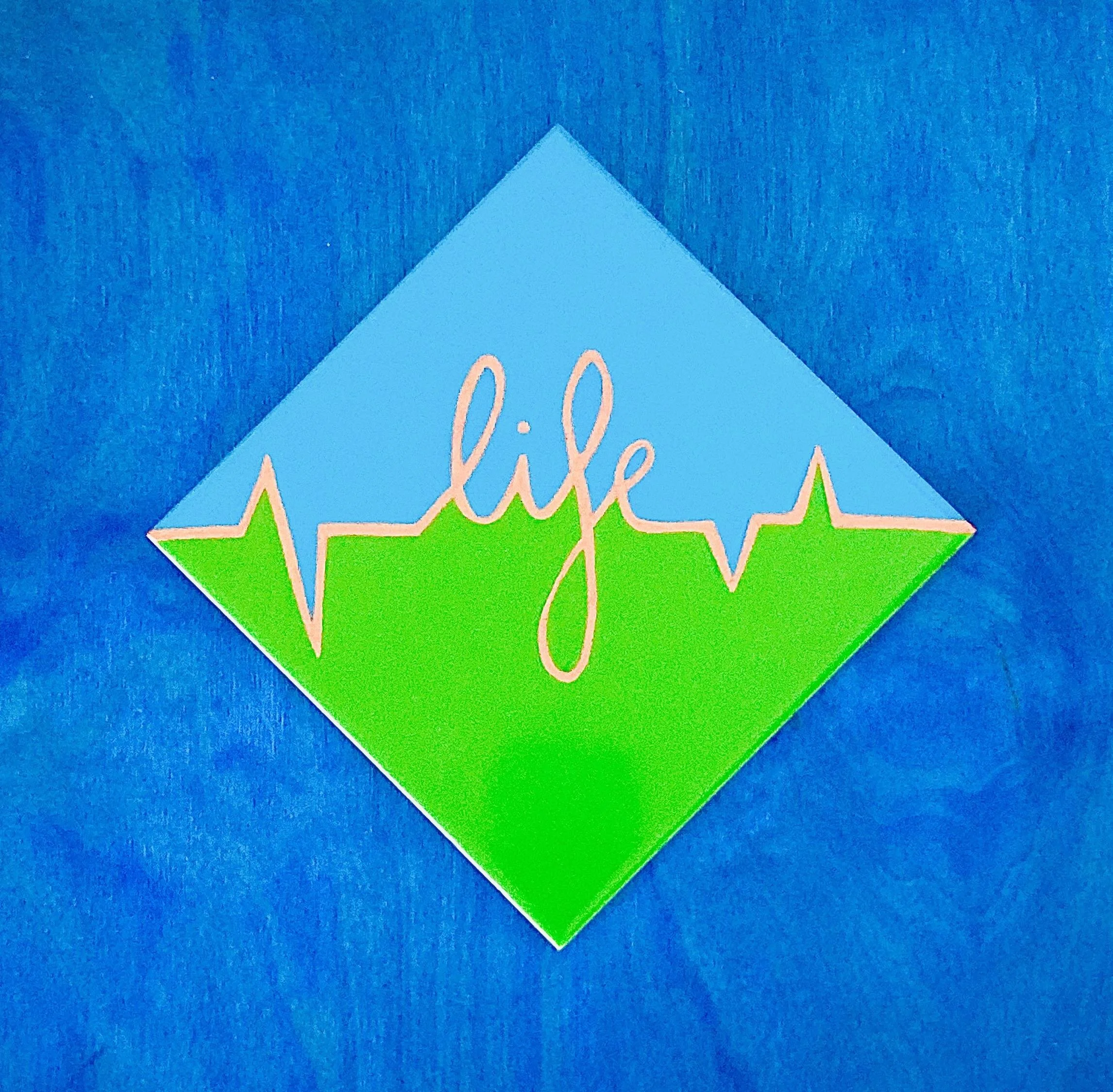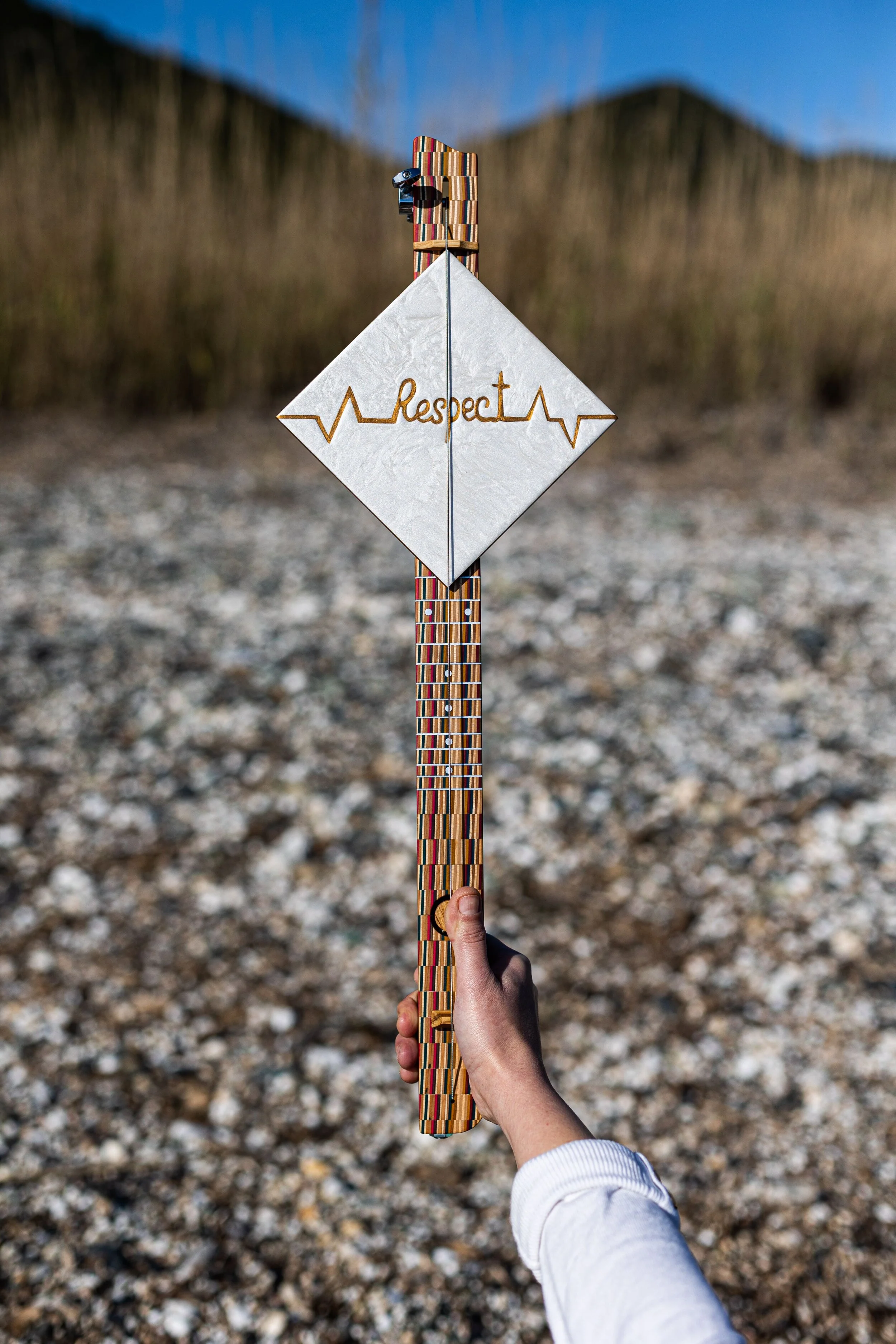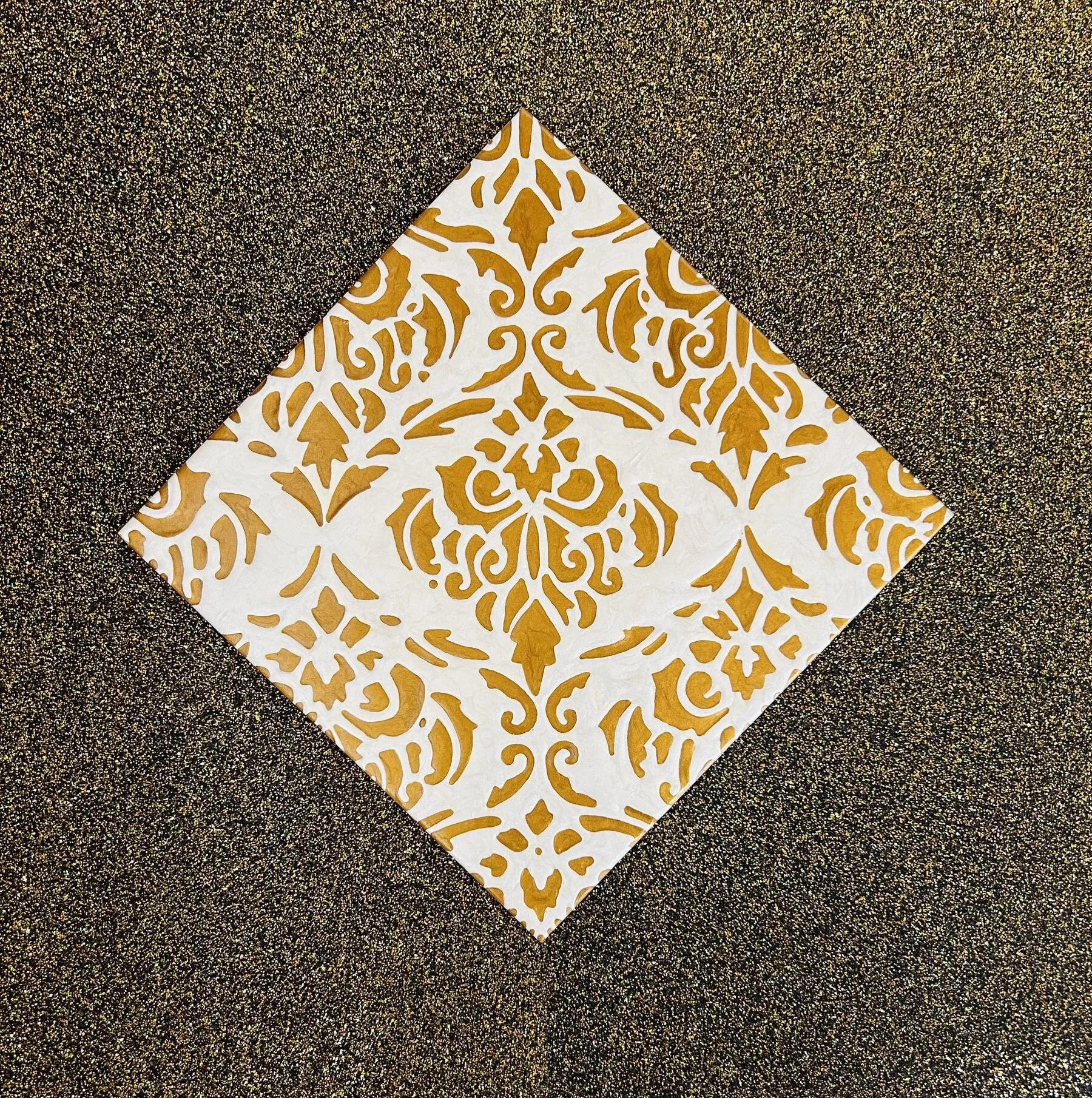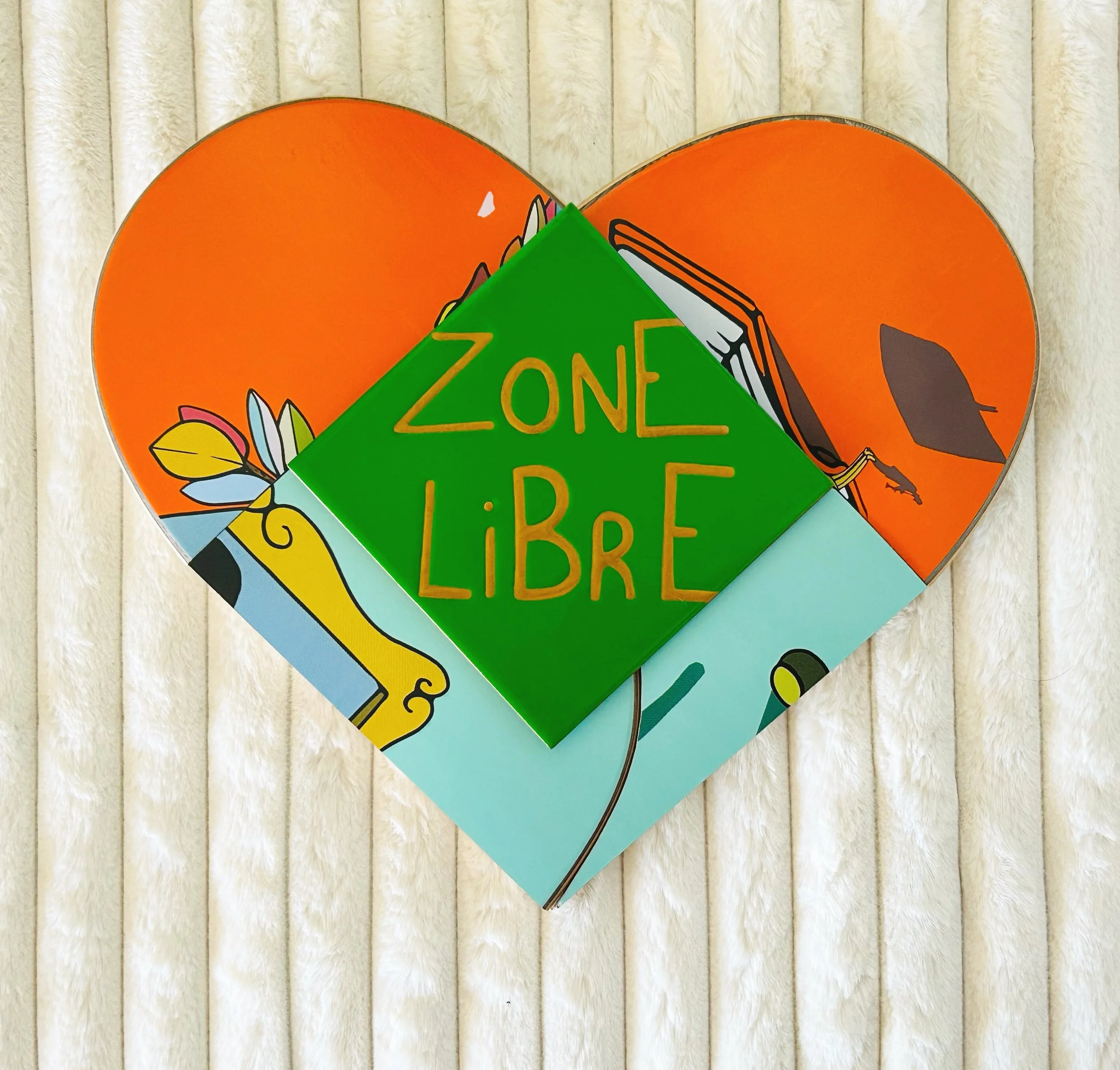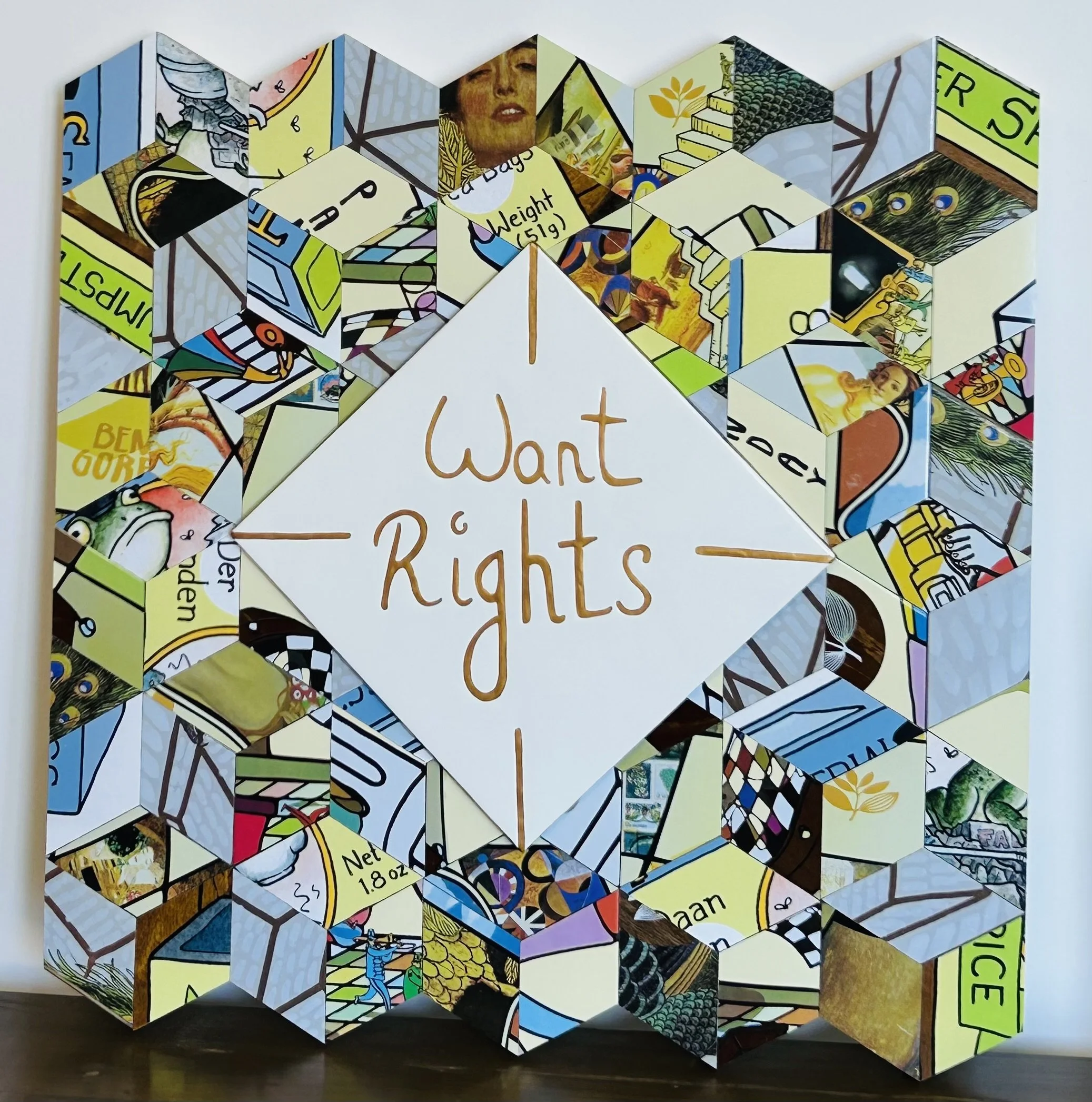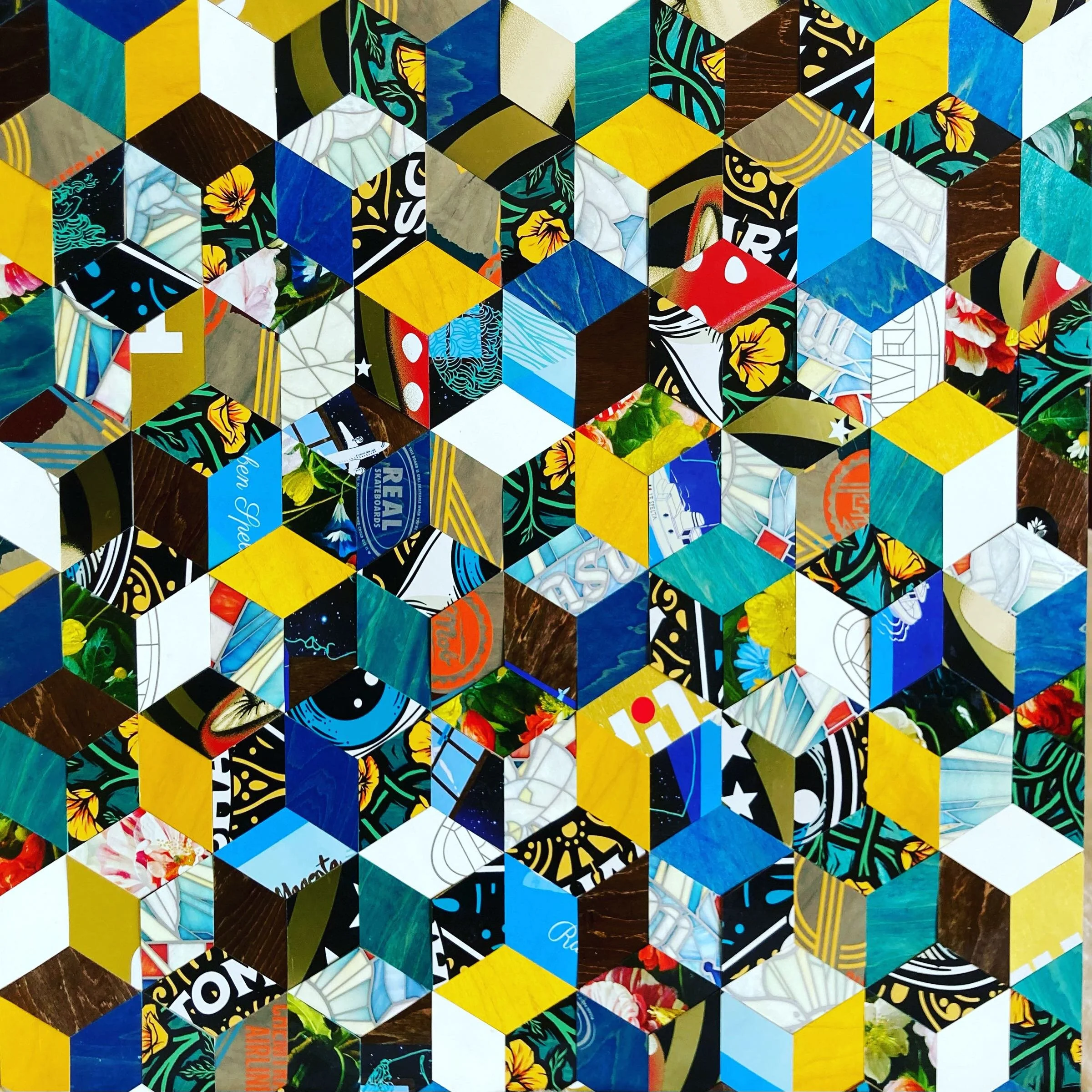Joa Cardinali
www.artegioia.fr
Instagram Arte_gioia
Instagram Artegioiaofficial
Self-taught and passionate, Joa Cardinali founded Arte Gioia, a studio where she explores ceramics as a terrain for dialogue between art, matter, and emotion. After starting out in street art, painting, and sculpture, she expanded her universe to include music and art therapy, weaving a multifaceted path that nourishes her current approach.
Her travels and varied influences—from Gaudí's organic architecture to the traditional arts of South America—are evident in her work, which focuses on ceramic tiles. Since 2017, this medium has become the centerpiece of her artistic research. Johanna Cardinali creates unique pieces, sometimes integrated into public spaces or staged in projects combining design, music, and mural interventions.
Convinced that art can be a source of support in the face of physical and emotional wounds, she advocates for a mindful artistic practice through Arte Gioia, where each creation bears the mark of this journey between spontaneity, precision, and human connection.
Joa, your journey is marked by an intuitive, self-taught exploration across disciplines, from street art to sculpture to music. How has this multidisciplinary practice shaped your unique artistic language, especially in the context of your ceramic tile works?
Everything hinges on the desire to explore and release emotions and sensations accurately and spontaneously.
Discovering disciplines from a self-taught perspective allows one to explore different points of view and methods, giving free rein to an almost intuitive style of painting, whereas working with ceramic tiles in particular freezes the patterns, making it the intention to go beyond this limit more significant by using reliefs, textures, and the play of light, as well as a sculptural approach to highlight a structure and also combine other materials.
You often speak about art as a bridge between cultures, disciplines, and emotions. How do you see your work positioning itself within today’s fragmented contemporary art world, and what ‘bridges’ are you most determined to build through your practice?
Art often conveys universal messages and carries energies that underpin them, so yes, in this sense, it is an essential vehicle, particularly in the face of freedoms or truths obscured by the masses who prefer to look away, crush them, or leave them speechless.
It is a bridge of communication but also of reconstruction for those who have no voice or no longer have a voice.
Those without rights, whose vital connections are tainted.
It is a hymn to respect for life, sensitivity, and nature.
For a world richer in meaning, justice, and balance.
A dialogue between those who look and feel, then touch, play, explore, and contemplate, letting life happen instead of judging, controlling, and using.
Your fascination with Gaudí and South American primitive arts reveals a dialogue between structured innovation and primal expression. How do you navigate this duality between architectural precision and organic spontaneity in your creative process?
In the face of adversity or the cruelest wounds, only the truthfulness of the heart and body have true meaning.
Ceramics, often perceived as craft or decorative art, have found in your hands a poetic and contemporary voice. What led you to choose ceramic tiles as your medium of choice since 2017, and how do you challenge the conventional perceptions of this material?
Ceramics: a symbol of strength and fragility
This material also evokes the organic and archaic memory, where traumas often reside.
Your works emanate a soft yet vibrant energy, often inviting subtle emotional responses rather than overt provocations. In an era where shock value often dominates contemporary art discourse, how intentional is this choice, and what do you hope your viewers carry away from this gentle encounter with your art?
The most powerful messages can only be supported by gentleness, light, and kindness.
You mention celebrating a 'breath of life' in your creations. In times of global crisis and socio-political tension, do you believe art still has the power to offer solace and healing? How does your background in art therapy influence your perspective on the role of art in society?
Absolutely, it may even be the most powerful tool in the face of a blind political or economic order that uses living beings as it pleases, even going so far as to inflict the worst tortures on living beings and the vulnerable.
Art raises awareness, encouraging us to listen and be conscious of what is at stake in what it expresses.
Your signature, discreet yet marked by the golden tile edge, seems to speak of humility and a reverence for craftsmanship. How do you reconcile the need for artistic recognition with your apparent desire for the work itself to speak louder than the artist?
The work transcends the artist, who only leaves his mark on it during the creative process.
The work must find its own path to become alive without its creator.
Many of your pieces incorporate natural elements or references, resonating with a poetic minimalism. Do you see your work as part of a larger ecological or philosophical reflection on humanity's relationship with nature, and how consciously does this guide your creative decisions?
Indeed, respect for nature is the only thing capable of resilience, allowing life and diversity to resume their natural course.
Your works often blur the lines between the decorative, the symbolic, and the conceptual. In your view, where does contemporary art stand today on the spectrum between aesthetic pleasure and critical commentary, and where do you position your art within this debate?
Beauty and goodness are linked, and doing good for me means creating beauty, seeing the sublime, or the idea of transcending the sordid is accomplished.
On the other hand, minimalism refers to what is essential.

